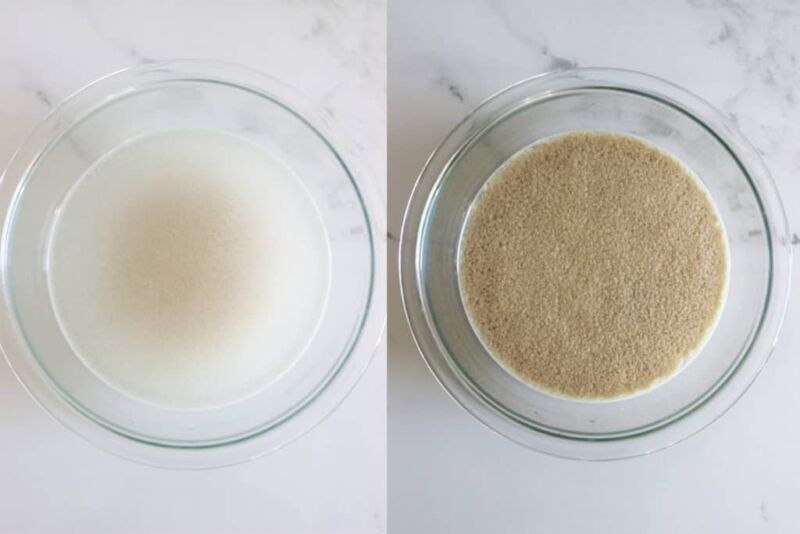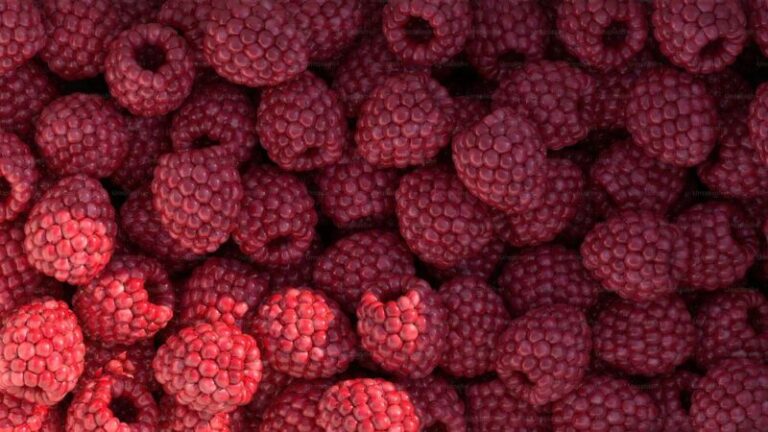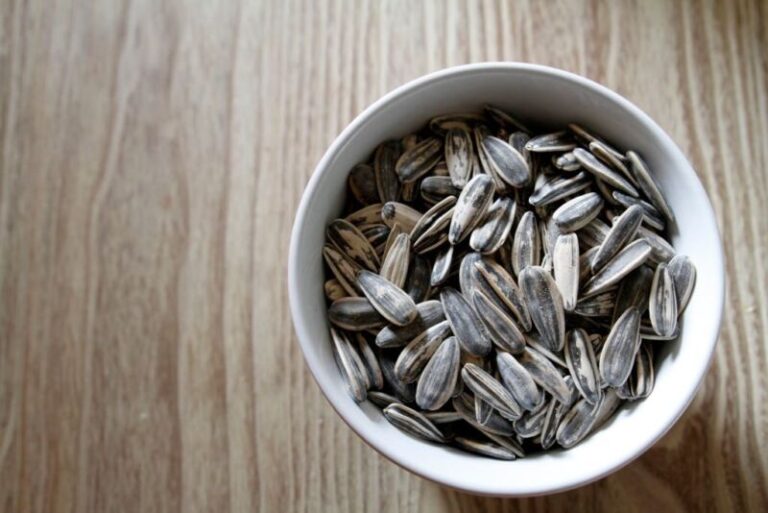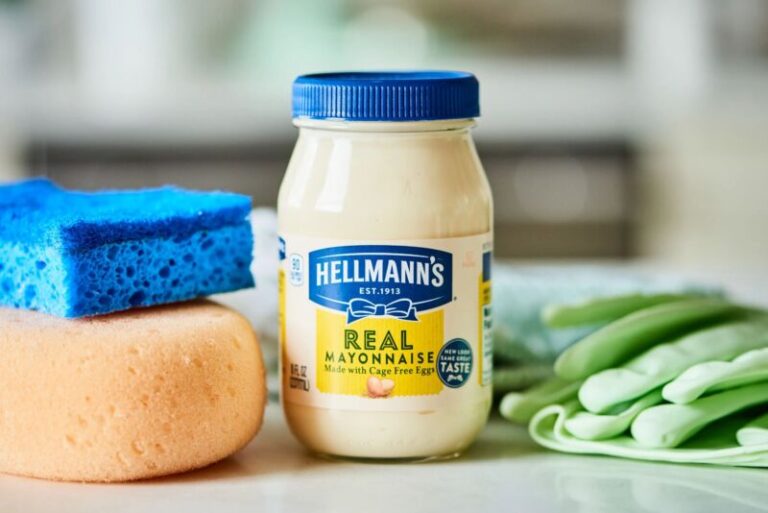What Does Dead Yeast Look Like? How to Tell if Your Yeast is Dead?
Yeast is the tiny fungus that makes baked goods rise. Without active, live yeast, your breads and other baked goods will not rise properly. Nothing is more disappointing than mixing and kneading a beautiful dough, only to have it fall flat in the oven. An experienced baker knows that testing your yeast before baking is crucial to ensuring the yeast cells are alive and ready to produce the carbon dioxide necessary for leavening.
In this article, we will dive into everything you need to know about identifying dead yeast. You will learn the visual and olfactory cues that signal lifeless yeast, see how dead yeast behaves differently than active yeast, and get step-by-step instructions for proofing yeast at home. With some simple tips on proper yeast storage and what to do if you discover your yeast is no longer viable, you can avoid flat baked goods and enjoy light and airy homemade breads and pastries every time.
What is Yeast and Why is its Vitality Important in Baking?
Yeasts are single-celled microorganisms in the fungus family. The species most commonly used in baking is Saccharomyces cerevisiae, known as baker’s or brewer’s yeast. Yeast cells feed on sugars present in bread dough or the wort of beer. The yeast metabolizes these sugars through the process of fermentation, producing carbon dioxide gas and alcohol as byproducts.
The carbon dioxide gas produced by active yeast is what makes bread rise. The gas gets trapped by the gluten network in dough, causing it to inflate like balloons. This leavening action is what gives bread its light, airy texture. Dead or inactive yeast produces little to no carbon dioxide, resulting in dense, brick-like baked goods with poor rise.
Ensuring your yeast is alive and vital before baking is crucial for leavened baked goods. Active dry yeast will produce around 230 milliliters of carbon dioxide per gram, while the same amount of dead yeast produces only 15mL of gas. Using lifeless yeast cells means your breads and other bakes will not reach their proper rise no matter how perfectly you knead the dough.
Active vs. Dead Yeast: What’s the Difference?
Active yeast refers to yeast cells that are alive and healthy, capable of consuming sugar and undergoing fermentation. Active yeast appears cream, tan, or light brown in color with a matte texture and oval shape when hydrated in water. The yeast will foam, swell, and produce bubbles as the cells feed on the available sugars.
In contrast, dead yeast cells have lost the ability to ferment and produce gas. Dead yeast typically appears darker in color, even grayish or blackened. The cells may look shriveled or misshapen under a microscope. Instead of actively foaming, dead yeast will simply soak up water and sink to the bottom of the bowl when hydrated, without signs of life.
The differences between active and dead yeast result from the condition of the yeast cell walls and internal enzymes. In active yeast, the cell wall is intact and the enzymes are undamaged, allowing the yeast to feed, metabolize, grow, and reproduce. In dead cells, physical or chemical damage has compromised the cell wall and internal structures, preventing the normal metabolic processes from occurring.
How to Tell if Your Yeast is Dead?
Being able to identify dead or inactive yeast is an important troubleshooting skill in baking. Here are the visual and olfactory cues that your yeast has expired or is no longer viable:
Appearance and Texture
- Dark brown or grayish/blackened color instead of light cream or beige
- Shriveled, misshapen cells under the microscope instead of plump ovals
- Powdery, lightweight texture that seems dried out
- Gritty, sandy texture instead of soft and smooth
Smell
- No fermentation scent or aroma of yeast
- Slightly rotten, decomposed odor instead of pleasant fermented smell
- Sharply alcoholic or acetone smell indicating cell death
Behavior in Water
- Cells quickly sink to the bottom with no foam or bubbles
- Water-logged appearance; cells do not swell after hydration
- No sign of activity; dead yeast remains still after 15 minutes
These visual and olfactory warning signs indicate your yeast is expired or no longer viable for baking. Yeast that is discolored, foul smelling, and sinks lifelessly in water will not produce the lively fermentation needed for properly leavened bread or pastry dough.
How Dead Yeast Behaves in Dough
Observing how yeast performs once incorporated into dough provides further clues about its viability.
Whereas active yeast will produce bubbles and pockets of gas throughout the dough as it ferments the available sugars, dead yeast will remain inactive in the dough. There will be no sign of rising or bubbles on the surface.
After the standard first and second risings, dough made with dead yeast will remain dense and heavy. There will be little to no oven spring, or sudden increase in volume when the dough hits the oven’s heat.
Baked goods made with dead yeast will be low in volume with a heavy, dense crumb. Texture will be brick-like and tough, with none of the light air pockets you expect in bread or sweet baked goods like cakes, brioche, and pastries. Taste may be flat, bitter, or overly sour from uncontrolled bacterial fermentation.
The poor performance of dead yeast cells in dough provides a clear indication that the yeast is no longer viable for baking. While active yeast produces obvious leavening, dead yeast fails to generate rise at any stage of the breadmaking process.
How to Test Yeast Viability with a Simple Proofing
Since dead yeast cells will not produce the vital fermentation required for leavened baked goods, testing yeast before baking is prudent. Here is a simple yeast proofing process to check viability at home:
What You’ll Need
- Instant or active dry yeast
- Warm water (100-110°F)
- 1 tsp sugar
- Sugar
- Small bowl
- Spoon
Step-by-Step Proofing Instructions
- Place 1 teaspoon of yeast and 1 teaspoon of sugar in a small bowl.
- Add 1⁄4 cup warm water and stir to dissolve and hydrate the yeast.
- Allow the mixture to sit undisturbed for 5-10 minutes.
- Check for visible activity in the form of foam, bubbles, or froth on the surface. The mixture may swell in volume.
- If the yeast begins producing bubbles and expanding in volume, it is active and alive. If there is no change after 10-15 minutes, the yeast is likely dead and should be discarded.
This simple yeast proof tells you if the yeast cells are able to feed on sugars and produce carbon dioxide, the function required for successful baking. Taking the time to revive your yeast in warm sweetened water before mixing dough gives you vital information about the viability of your yeast.
How to Store Yeast for Maximum Viability
Yeast is a perishable product with a limited shelf life. Proper storage is key to maintaining the viability of your yeast over time. Here are some tips for keeping yeast alive longer:
- Store yeast in an airtight container in a cool, dark place like the pantry or fridge. Exposure to light, heat, and oxygen will accelerate demise.
- If storing for longer than 2-3 months, keep yeast in the refrigerator to slow fermentation and drying. Freezing is also an option.
- Check dates and best-by recommendations for commercial yeast products. Discard expired yeast.
- After opening, re-seal packages with plastic wrap or bag clips to prevent air exposure.
- When handling, keep yeast away from direct contact with liquids and salts, which can prematurely activate and exhaust the yeast.
Following the manufacturer’s storage guidelines, limiting air and humidity exposure, and refrigerating opened packages will prolong the shelf life of your yeast. But remember, yeast viability inevitably declines over time. Frequent viability testing gives you the best results.
What to Do If Your Yeast Is Dead
If your proofing test or dough behavior reveals that your yeast is no longer viable, don’t panic! Here are some tips for how to salvage your baked goods:
- For dough that’s already been mixed, you can dissolve 1 packet of fresh active dry yeast in warm water and mix it in to reactivate fermentation. Allow the dough to rest and recover for an hour before shaping.
- Alter your expectations for the final product. Dense bread can become croutons or bread crumbs. Flat cakes and muffins can be repurposed into trifles or bread pudding.
- Adjust your baking time and temperature to compensate for the lack of rise. Bake goods 10-15 minutes longer at a slightly lower temperature.
- Troubleshoot storage conditions. If yeast died prematurely, improve storage practices to prevent recurrence.
While dead yeast presents an obvious setback, all is not lost if your baked goods fail to rise. With some creativity and adjustments, you can still end up with tasty treats. Use it as a learning experience rather than a total failure.
Conclusion: Why Active Yeast Matters
Yeast may be a small ingredient, but it plays an outsized role in creating baked goods with pleasing texture and taste. Without the lift provided by live and active yeast cells, your breads and cakes will never reach their proper rise. Identifying dead or inactive yeast before mixing and kneading dough can prevent disappointing results after hours of work.
Heeding the visual and olfactory warning signs of dead yeast, along with regularly proofing a small yeast sample, gives you valuable information about yeast viability. Storing yeast properly and adhering to use-by dates also ensures the yeast remains alive and ready to leaven. Armed with the knowledge of how to tell if yeast is dead or alive, you can feel confident your baked goods will beautifully rise every time.






